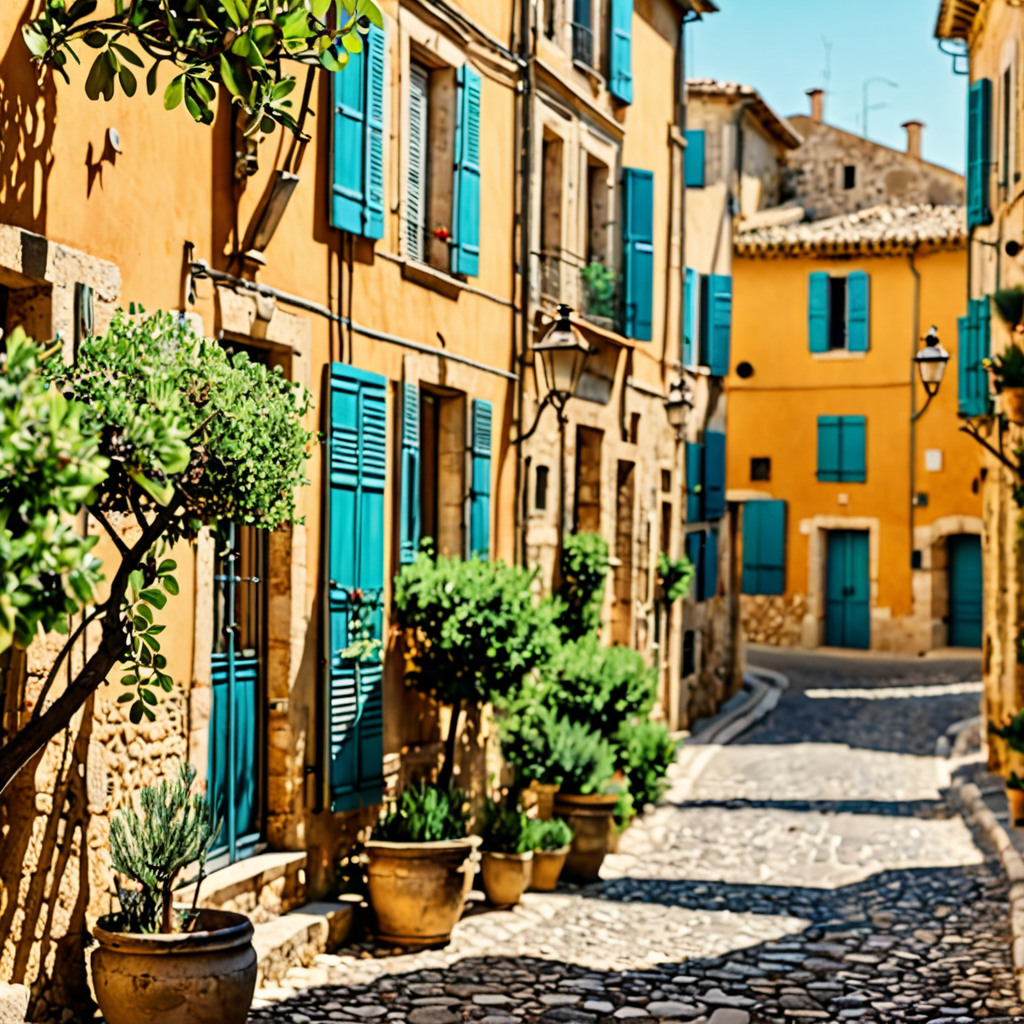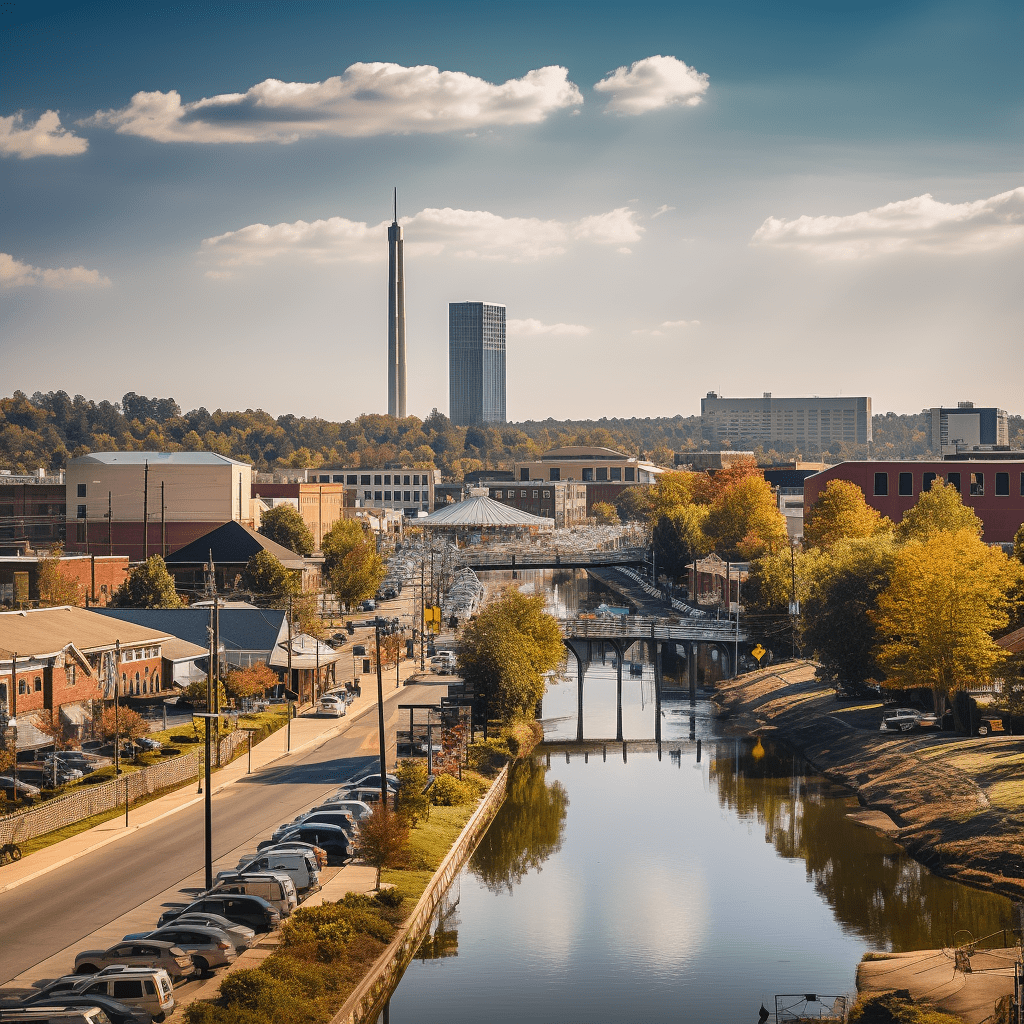
1. Introduction: The Distinctive Biodiversity of Austria
Nestled in the heart of Europe, Austria is blessed with an awe-inspiring array of natural wonders. From the towering peaks of the Alps to the tranquil waters of its pristine lakes, Austria's landscapes teem with vibrant flora and fauna, creating a symphony of biodiversity that captivates nature enthusiasts and adventurers alike. This exceptional richness stems from Austria's unique geographic location, which bridges various climatic zones, giving rise to a wide range of habitats that support a diverse array of species.
2. Alpine Flora: Majestic Landscapes in High Altitudes
The towering Alps dominate Austria's western regions, their slopes adorned with an extraordinary tapestry of alpine flora. Ascending through the distinct altitudinal zones, one encounters a breathtaking succession of plant communities. At the lowest elevations, lush meadows burst with colorful wildflowers, such as gentians, buttercups, and anemones. As the altitude rises, subalpine forests emerge, home to towering spruce, fir, and larch trees. Higher still, the treeline gives way to alpine meadows, where resilient herbs, mosses, and lichens thrive in the harsh conditions.
3. Forest Ecosystems: Diverse Plant Communities in Multiple Zones
Austria's forests are a vital part of its natural heritage, covering nearly half of the country's surface area. These ecosystems exhibit a remarkable diversity, ranging from temperate deciduous forests to subalpine coniferous forests. The lowlands are characterized by mixed forests of oak, beech, and maple, providing a rich canopy for a plethora of woodland plants. As one moves towards higher elevations, coniferous forests dominate, creating a verdant carpet of spruce, fir, and pine trees. These forests provide essential habitat for a variety of wildlife, including deer, foxes, and numerous bird species.
4. Wetlands and Bogs: Specialized Habitats for Unique Species
Austria's wetlands and bogs are havens of biodiversity, supporting a unique assemblage of flora and fauna adapted to these waterlogged environments. Extensive reed beds and marshes fringe lakes and rivers, providing shelter and nesting sites for a variety of birds, including herons, egrets, and bitterns. Bogs, characterized by acidic and nutrient-poor conditions, are home to specialized plants like sundews and pitcher plants, which have evolved to trap insects to supplement their nutrient intake. These unique habitats are crucial for the survival of numerous threatened species, making them a priority for conservation efforts.
5. Grasslands and Meadows: Rich Vegetation for Grazing and Biodiversity
Austria's grasslands and meadows are vast expanses of open land that offer a rich grazing ground for livestock and a vital habitat for numerous wildlife species. These areas are dominated by a variety of grasses, herbs, and wildflowers, creating a vibrant tapestry of colors and textures. The vegetation is adapted to the specific soil and climatic conditions of each region, ranging from lush mountain meadows to dry steppe-like grasslands. The diverse flora supports a multitude of insects, birds, and small mammals, contributing to the overall biodiversity of Austrian ecosystems.
6. Fauna of the Alps: Alpine Ibex, Chamois, and Marmots
The Austrian Alps are home to an array of iconic wildlife, adapted to the rugged and majestic terrain. Alpine ibex, with their impressive curved horns, roam the high mountain slopes, showcasing their incredible agility. Chamois, characterized by their nimble movements and distinctive dark coats, can be spotted bounding through the alpine meadows. Marmots, known for their playful antics and whistle-like calls, make their homes in burrows among the rocks. These charismatic creatures add to the allure of the Austrian Alps, attracting nature enthusiasts from far and wide.
7. Forest Animals: Wildlife Rooted in the Austrian Wilderness
Austria's diverse forest ecosystems provide a sanctuary for a wide range of forest animals. Red deer, with their majestic antlers, roam the dense undergrowth, while wild boar forage for food among the fallen leaves. Foxes, known for their cunning nature, can be seen darting through the shadows. Squirrels scamper up trees, adding a playful touch to the forest tapestry. Numerous bird species, including woodpeckers, owls, and songbirds, fill the air with their melodies, creating a vibrant soundscape.
8. Aquatic Life: From Pristine Lakes to Sparkling Rivers
Austria's pristine lakes and sparkling rivers are home to a diverse array of aquatic life. The clear waters of Lake Constance, shared with neighboring countries, support a variety of fish species, including trout, pike, and perch. The Danube River, flowing through the heart of Austria, provides a vital habitat for numerous fish and aquatic organisms. Along the riverbanks, one can spot kingfishers diving for prey, while otters frolic in the water, adding an element of charm to the Austrian waterways.
9. Endemic Species: Austria’s Unique Biological Treasures
Austria boasts several endemic species, found nowhere else on Earth. The Rosalia longicorn beetle, with its vibrant blue and yellow markings, is a symbol of the country's unique biodiversity. The Austrian copper butterfly, found in alpine meadows, is another endemic treasure, showcasing the country's rich invertebrate life. These special species contribute to the irreplaceable natural heritage of Austria, highlighting the importance of conservation efforts to protect their habitats.
10. Conservation Efforts: Preserving the Austrian Natural Heritage
Recognizing the importance of its natural treasures, Austria has implemented comprehensive conservation measures to protect its diverse flora and fauna. National parks, such as Hohe Tauern National Park and Gesäuse National Park, safeguard large areas of pristine wilderness, providing habitats for numerous threatened species. Nature reserves and protected areas are established to preserve specific ecosystems and support vulnerable species. Austria's commitment to conservation ensures the preservation of its natural legacy for generations to come.
FAQ
Q: What makes Austria's biodiversity so unique?
A: Austria's location at the crossroads of different climatic zones creates a variety of habitats, supporting a diverse array of species.
Q: Which animal species are commonly found in the Austrian Alps?
A: Iconic alpine wildlife includes the Alpine ibex, chamois, and marmots.
Q: What is the largest endemic species in Austria?
A: The Rosalia longicorn beetle is the largest endemic species, known for its striking blue and yellow markings.
Q: Are there any conservation efforts in place to protect Austria's natural heritage?
A: Yes, Austria has established national parks, nature reserves, and protected areas to safeguard its biodiversity.


